
Deutsch-Chinesische Enzyklopädie, 德汉百科
 European Union
European Union


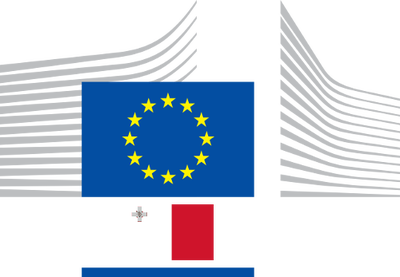
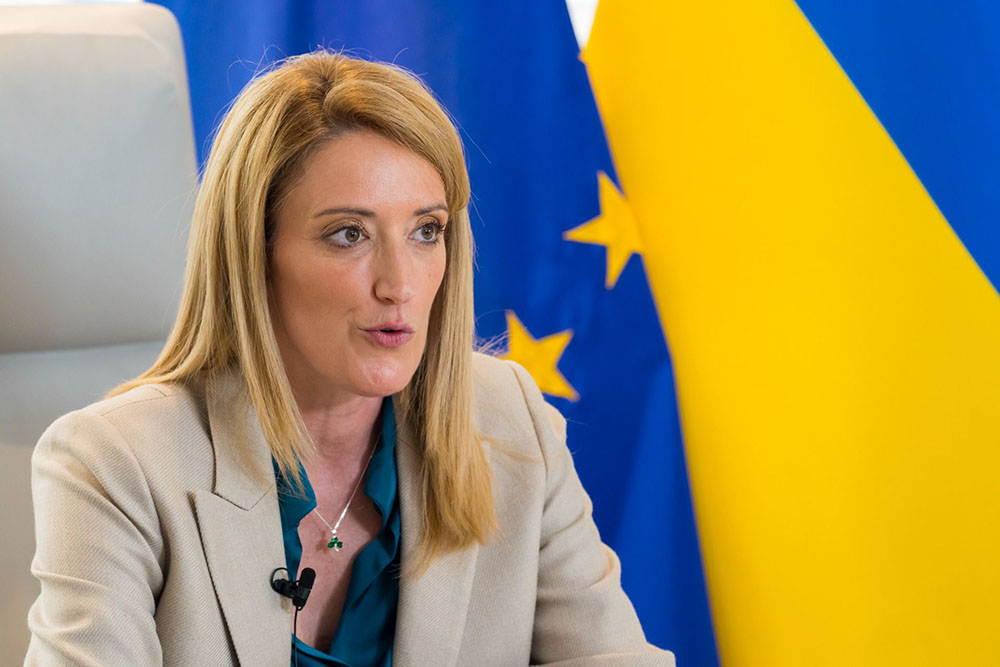


萝伯塔·梅措拉(马耳他语:Roberta Metsola,马耳他语发音:[ɹɔˈbɝta ˈmɛtsɔla],1979年1月18日—),马耳他政治人物。现任欧洲议会议长。曾于2022年1月11日至1月18日代理欧洲议会议长一职。
Roberta Metsola (Aussprache [ˈmɛtsɔla]; * 18. Januar 1979 in San Ġiljan als Roberta Tedesco Triccas[1][2]) ist eine maltesische Politikerin der Partit Nazzjonalista. Seit April 2013 ist sie Mitglied des Europäischen Parlaments und seit dem 18. Januar 2022 EU-Parlamentspräsidentin. Zuvor war sie bereits seit November 2020 die Erste Vizepräsidentin des Europäischen Parlaments.
 Europäische Demokratische Partei
Europäische Demokratische Partei

 European Union
European Union
 President of the European Commission
President of the European Commission
 President or Chairman
President or Chairman
 Italy
Italy
 President or Chairman
President or Chairman
 Italien
Italien
 Romano Prodi
Romano Prodi

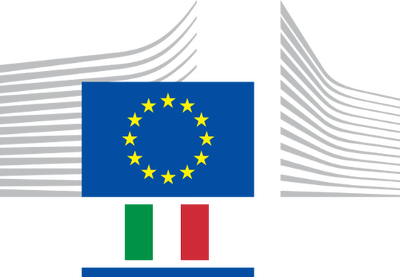
Romano Prodi (* 9. August 1939 in Scandiano, RE) ist ein italienischer Wirtschaftswissenschaftler und Politiker (zunächst DC, dann L’Ulivo, ab 2007 PD). Von 1996 bis 1998 und von 2006 bis 2008 war er italienischer Ministerpräsident. Von September 1999 bis November 2004 war Prodi Präsident der Europäischen Kommission.
罗马诺·普罗迪(意大利语:Romano Prodi,1939年8月9日—),意大利政治家,曾经两度出任意大利总理,曾经担任欧盟委员会主席。[1][2]
他是意大利中左联盟的创始人,也是所谓的意大利第二共和国最杰出和最具标志性的人物之一。由于他的学术生涯,Prodi 经常被别人昵称为 Il Professore(即“教授”)。[3]
普罗迪曾是经济学教授和高盛公司的国际顾问,1996年作为橄榄树联盟的主要候选人参加竞选,赢得大选并担任意大利总理直至1998年。

 European Union
European Union
 President of the European Commission
President of the European Commission
 President or Chairman
President or Chairman
 United Kingdom
United Kingdom
 Roy Jenkins
Roy Jenkins
 Social Democratic Party of Europe
Social Democratic Party of Europe

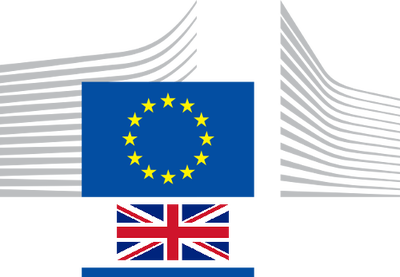

Rumänien (rumänisch România; ) ist eine semipräsidentielle Republik im Grenzraum zwischen Mittel- und Südosteuropa. Das Land liegt am Schwarzen Meer und erstreckt sich in westlicher Richtung über den Karpatenbogen bis zur Pannonischen Tiefebene. Rumänien grenzt an fünf Staaten: im Süden an Bulgarien, im Westen an Serbien und Ungarn, im Norden sowie im Osten an die Ukraine und die Republik Moldau.
Der moderne rumänische Staat entstand 1859 durch die Vereinigung der Fürstentümer Moldau und Walachei. Nach 1945 war Rumänien während des Kalten Krieges Teil des Warschauer Paktes. Es unterhielt als einziges Land des Warschauer Paktes ununterbrochen diplomatische Beziehungen zu Israel.[5] Seit 1989 hat sich Rumänien politisch den westeuropäischen Staaten angenähert und wurde Mitglied der NATO (2004) sowie der Europäischen Union (2007).
Mit 238.391 km² verfügt Rumänien über die neuntgrößte Fläche und mit etwa 19,9 Millionen Einwohnern über die siebtgrößte Bevölkerung aller Mitgliedstaaten der Europäischen Union. Die rumänische Hauptstadt Bukarest ist mit 1,83 Millionen Einwohnern[6] die achtgrößte Stadt der EU, knapp hinter Hamburg (1,84 Millionen). Weitere bedeutende Großstädte sind Cluj-Napoca (Klausenburg), Timișoara (Temeswar), Iași (Jassy), Constanța (Konstanza), Craiova und Brașov (Kronstadt).
ルーマニア(羅: România)は、東ヨーロッパ、ヨーロッパの南東部に位置する共和制国家。南西にセルビア、北西にハンガリー、北にウクライナ、北東にモルドバ、南にブルガリアと国境を接し、東は黒海に面している。首都はブカレストである。国の中央をほぼ逆L字のようにカルパティア山脈が通り、山脈に囲まれた北西部の平原のトランシルヴァニア、ブルガリアに接するワラキア、モルドバに接するモルダヴィア、黒海に面するドブロジャの4つの地方に分かれている。
ルーマニアの住民は、紀元前からこの地方に住んでいたトラキア系のダキア人と、2世紀ごろにこの地方を征服したローマ人、7世紀から8世紀ごろに侵入したスラブ人、9世紀から10世紀に侵入したマジャール人、そのほかにトルコ人、ゲルマン人などの混血や同化によって、重層的複合的に形成されたなどとされる複合民族 români(ロムニ、ルーマニア人)が約9割を占める(なお、români(ルーマニア人)の起源については諸説ある)。そして少数のマジャール系のセーケイ人やロマ人(≒ジプシー)[注釈 1]なども住んでいる。
なおルーマニアというのは言語的には公用語がラテン語起源の(つまりロマンス諸語の)ルーマニア語で、宗教的には「東方教会」系のルーマニア正教会が多数派である。それに対し、ポーランド(ヨーロッパの北東部で、ルーマニアの北西方向に位置する国)のほうは同じ「東欧」と言っても、言語的にはスラヴ語派に属するポーランド語がおもに話されており、宗教的には「西方教会」のカトリック教会が支配的である。つまり、ルーマニアとポーランドは、東欧において、言語的にも宗教的にも好対照の存在となっている。
Romania (/roʊˈmeɪniə/ (![]() listen) ro-MAY-nee-ə; Romanian: România [romɨˈni.a] (
listen) ro-MAY-nee-ə; Romanian: România [romɨˈni.a] (![]() listen)) is a country located at the crossroads of Central, Eastern, and Southeastern Europe. It borders with Bulgaria to the south, Ukraine to the north, Hungary to the west, Serbia to the southwest, and Moldova to the east and has its opening to the Black sea.[9] It has a predominantly temperate-continental climate. With a total area of 238,397 square kilometres (92,046 square miles), Romania is the 12th-largest country in Europe and the 6th most populous member state of the European Union, having approximately 20 million inhabitants. Its capital and largest city is Bucharest. Other major urban areas include: Cluj-Napoca, Timișoara, Iași, Constanța, Craiova, Brașov, and Galați.
listen)) is a country located at the crossroads of Central, Eastern, and Southeastern Europe. It borders with Bulgaria to the south, Ukraine to the north, Hungary to the west, Serbia to the southwest, and Moldova to the east and has its opening to the Black sea.[9] It has a predominantly temperate-continental climate. With a total area of 238,397 square kilometres (92,046 square miles), Romania is the 12th-largest country in Europe and the 6th most populous member state of the European Union, having approximately 20 million inhabitants. Its capital and largest city is Bucharest. Other major urban areas include: Cluj-Napoca, Timișoara, Iași, Constanța, Craiova, Brașov, and Galați.
The River Danube, Europe's second-longest river, rises in Germany's Black Forest and flows in a generally southeasterly direction for 2,857 km (1,775 mi), coursing through ten countries before emptying into Romania's Danube Delta. The Carpathian Mountains, which cross Romania from the north to the southwest, include Moldoveanu Peak, at an altitude of 2,544 m (8,346 ft).[10]
Modern Romania was formed in 1859 through a personal union of the Danubian Principalities of Moldavia and Wallachia. The new state, officially named Romania since 1866, gained independence from the Ottoman Empire in 1877.[11] Following World War I, after declaring its neutrality in 1914, Romania fought on the side of the Allied powers beginning in 1916. Afterwards Bukovina, Bessarabia, Transylvania as well as parts of Banat, Crișana, and Maramureș became part of the sovereign Kingdom of Romania.[12] In June–August 1940, as a consequence of the Molotov–Ribbentrop Pact and Second Vienna Award, Romania was compelled to cede Bessarabia and Northern Bukovina to the Soviet Union, and Northern Transylvania to Hungary. In November 1940, Romania signed the Tripartite Pact and, consequently, in June 1941 entered World War II on the Axis side, fighting against the Soviet Union until August 1944, when it joined the Allies and recovered Northern Transylvania. Following the war, under the occupation of the Red Army's forces, Romania became a socialist republic and a member of the Warsaw Pact. After the 1989 Revolution, Romania began a transition towards democracy and a market economy.
Romania ranks 52nd in the Human Development Index,[13] and is a developing country.[14][15] It has the world's 62th largest economy by nominal GDP, with an annual economic growth rate of 3.5% as of 2020.[16] Following rapid economic growth in the early 2000s, Romania has an economy based predominantly on services and is a producer and net exporter of machines and electric energy, featuring companies like Automobile Dacia and OMV Petrom. It has been a member of the United Nations since 1955, part of NATO since 2004, and part of the European Union since 2007. An overwhelming majority of the population identifies as Eastern Orthodox Christian and are native speakers of Romanian, a Romance language.
La Roumanie (en roumain : România) est un État d'Europe de l'Est, le septième pays le plus peuplé de l'Union européenne et le neuvième par sa superficie. La géographie du pays est structurée par les Carpates, le Danube et le littoral de la mer Noire. Située aux confins de l'Europe du Sud-Est et de l'Europe centrale et orientale, la Roumanie a comme pays frontaliers la Hongrie, l'Ukraine, la Moldavie, la Bulgarie et la Serbie.
Une forte majorité de la population s'identifie comme de langue roumaine (89 %) et de tradition chrétienne orthodoxe (81 %) ; 11 % des habitants déclarent appartenir à des minorités ethniques et 19 % à des confessions minoritaires ou être sans religion.
L'État roumain moderne émerge au milieu du XIXe siècle, mais l'histoire des Roumains est bien plus ancienne. Leur langue est latine et leurs origines se déclinent depuis les Thraco-Romains, à travers la Mésie (province romaine danubienne), la Dacie (pays des Thraces du Nord, conquis par l'empereur romain Trajan en 106), la Dacie aurélienne dans l'Empire romain d'Orient (dont les Roumains ont hérité leur tradition religieuse, majoritairement chrétienne orthodoxe), les principautés médiévales de Transylvanie, Valachie et Moldavie et enfin le « vieux royaume » roumain issu de l'union des « Principautés danubiennes ».
À l'époque moderne, c'est l'influence des Lumières qui, avec ses idéaux d'émancipation et de progrès, manifestés par le drapeau et l'hymne, inspire toute une série de révoltes et révolutions (transylvaine en 1784, moldave et valaque en 1821, roumaine globale en 1848, anti-totalitaire en 1945-1960 et en 1989).
La monarchie constitutionnelle du XIXe siècle a évolué en démocratie parlementaire entre 1918 et 1938, puis un régime autocratique s'est installé, suivi par deux totalitarismes : fascisme des années 1940, et communisme de type soviétique dans la seconde moitié du XXe siècle, jusqu'en 1989 (chute de la dictature communiste d'une durée de 45 ans, et instauration d'une démocratie semi-présidentielle).
Après une croissance économique rapide au début des années 2000, l'économie roumaine s'est principalement tournée vers les services, la production et l'exportation d'automobiles et d'énergie, avec des entreprises comme Dacia et Petrom. Le pays est membre de l'OTAN depuis 2004 et de l'Union européenne depuis le 1er janvier 2007.
La Romania (in romeno România, [romɨˈnia]) è uno Stato membro dell'Unione europea e dell'ONU, situato in Europa centro-orientale nell'area attigua alla penisola balcanica. Ha una popolazione di 19 638 000 abitanti (agosto 2017) e una superficie di 238391 km². È una repubblica semipresidenziale e la sua capitale è Bucarest.
Confina a ovest con l'Ungheria e la Serbia, a sud con la Bulgaria, a est con il Mar Nero, la Moldavia e l'Ucraina e a nord nuovamente con l'Ucraina. Dal 29 marzo 2004 la Romania fa parte dei Paesi della NATO e, dal 1º gennaio 2007, di quelli membri dell'Unione europea.
Rumania o Rumanía5 (en rumano: România /ro.mɨ'ni.a/) es un país ubicado en la intersección de Europa Central y del Sureste, en la frontera con el mar Negro.
Limita con Hungría y Serbia al oeste, Ucrania y Moldavia al noreste y al este, y Bulgaria al sur. Con 238 391 km2,1 Rumania es el noveno país más grande de la Unión Europea por área, y cuenta con la séptima mayor población de la Unión Europea con más de 19 millones de habitantes. Su capital y ciudad más poblada es Bucarest, la décima ciudad más grande de la Unión Europea.
Los Principados Unidos surgieron cuando los principados de Moldavia y Valaquia se unieron bajo el príncipe Alexandru Ioan Cuza en 1859. En 1881, Carlos I de Rumania se coronó, formando el Reino de Rumania. Su independencia del Imperio otomano fue declarada el 9 de mayo de 1877 y fue reconocido internacionalmente al año siguiente. Al final de la Primera Guerra Mundial, Transilvania, Bucovina y Besarabia fueron anexionadas por el Reino de Rumania, circunstancia que dio inicio a lo que la monarquía rumana denominó la Gran Rumania. Durante la década de 1930 el gobierno, con Ion Gigurtu como primer ministro, derivó de una posición inicial proclive al Reino Unido y Francia, hacia una posición alineada militar y políticamente con la Alemania nazi, implementando el antisemitismo de manera oficial en el país.
En 1940, la región de Besarabia, que se había unido a Rumania en 1918, fue anexionada a la Unión Soviética como resultado de la ocupación soviética de Besarabia y el norte de Bucovina. Durante la operación se produjo un enfrentamiento de algunas divisiones rumanas con el Ejército Rojo, que las derrotó duramente, lo que llevó a la incorporación de Besarabia a la Unión Soviética como RSS de Moldavia, incluyendo el territorio de Transnistria.
Al comienzo de la Segunda Guerra Mundial, el exministro de Guerra, Ion Antonescu, implantó una dictadura militar fascista, en la que alineó el ejército rumano a la Wehrmacht, permitiendo el acantonamiento de gran número de divisiones de la misma, con vistas a la Operación Barbarroja, de invasión de la Unión Soviética. Desde junio de 1941 hasta 1944, Rumania participó en la guerra del lado de las potencias del eje, bajo la dirección militar de Alemania. En 1944, bajo la contraofensiva soviética que penetró en su territorio, cambió de bando y se unió formalmente a los Aliados, cayendo la dictadura militar de Antonescu. Al final de la guerra, algunos territorios del noreste anteriormente de Rumania fueron ocupados temporalmente por la Unión Soviética; con unidades del Ejército Rojo estacionadas en territorio rumano, el país acabó convirtiéndose en la República Socialista de Rumania y miembro del Pacto de Varsovia.
Con la caída del bloque socialista europeo y la llamada Revolución rumana de 1989, Rumania inició su transición hacia la democracia representativa occidental y una economía de mercado capitalista. Después de una década de problemas por las privatizaciones masivas y la llamada revolución poseconómica, así como el deterioro de los estándares de vida que provocó una masiva emigración hacia los países del entorno, se llevaron a cabo amplias reformas que impulsaron la recuperación económica. Desde 2010, Rumania es un país de ingresos relativamente altos, con un alto índice de desarrollo humano.6
Rumania se unió a la OTAN el 29 de marzo de 2004, y a la Unión Europea el 1 de enero de 2007. También es miembro de la Unión Latina, la Francofonía, la OSCE, la OMC, la BSEC y las Naciones Unidas. Hoy en día, Rumania es un Estado unitario con una república semipresidencial, en la que el poder ejecutivo se compone del presidente y del Gobierno. Rumania y Moldavia son los únicos países de Europa Oriental cuyas lenguas son romances.7
Румы́ния (рум. România) — государство в Юго-Восточной Европе. Население — более 19 426 550 чел. (2015 год), площадь территории — 238 391 км²; по обоим этим показателям является крупнейшей страной региона. Занимает 62-е место в мире по численности населения и 80-е по территории.
Столица — Бухарест. Государственный язык — румынский.
Румыния — унитарное государство и президентско-парламентская республика. Пост президента занимает Клаус Йоханнис, премьер-министра — Людовик Орбан.
Подразделяется на 42 административно-территориальные единицы, 41 из которых — жудецы, и 1 — муниципий Бухарест, приравненный к жудецу.
Частично расположена в северо-восточной части Балканского полуострова. На юго-востоке омывается водами Чёрного моря. Граничит с Украиной, Молдавией, Венгрией, Сербией и Болгарией.
Отличается значительным этнокультурным разнообразием. Бо́льшая часть верующих (около 87 % населения) исповедует православие.
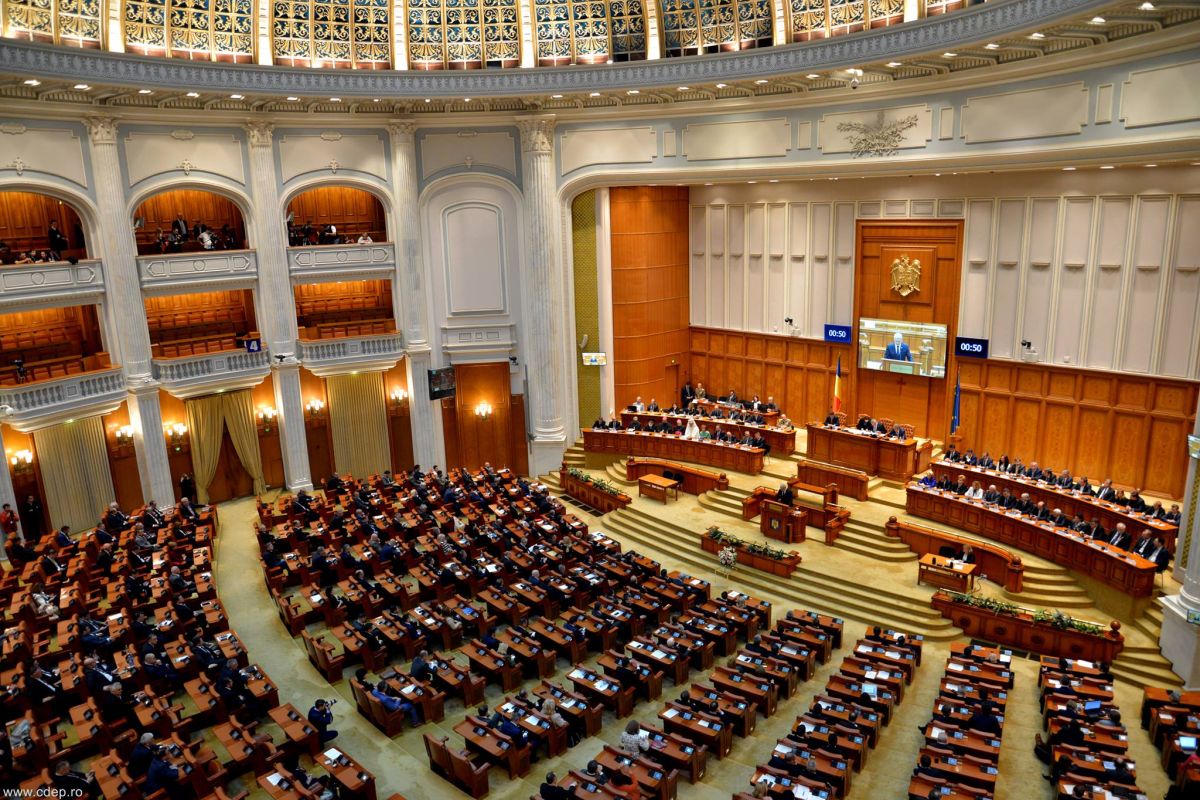

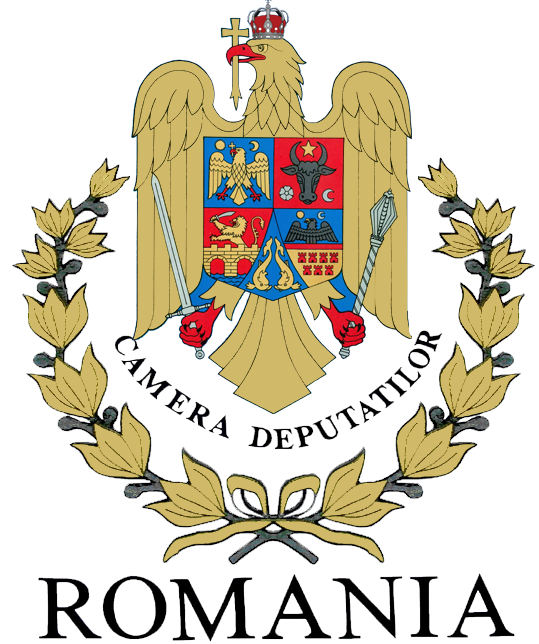

 European Union
European Union
 Acting heads of government in the European Union
Acting heads of government in the European Union

 Party and government
Party and government
 *President or Chairman
*President or Chairman
 Rumen Radew
Rumen Radew

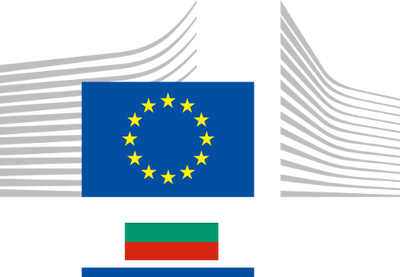
Rumen Georgiew Radew (bulgarisch Румен Георгиев Радев; * 18. Juni 1963 in Dimitrowgrad, Bulgarien) ist der amtierende Staatspräsident Bulgariens. Er ist Generalmajor der Reserve und gewann die Stichwahl zum Präsidenten Bulgariens 2016. Radew ist seit dem 22. Januar 2017 im Amt.[1] Am 21. November 2021 wurde er für eine zweite Amtszeit wiedergewählt.
鲁梅尼-格奥尔基耶夫-拉德夫(保加利亚语:Румен Георгиев Радев;* 1963 年 6 月 18 日生于保加利亚季米特洛夫格勒)是保加利亚现任总统。拉德夫自 2017 年 1 月 22 日起开始任职,并于 2021 年 11 月 21 日再次当选连任。
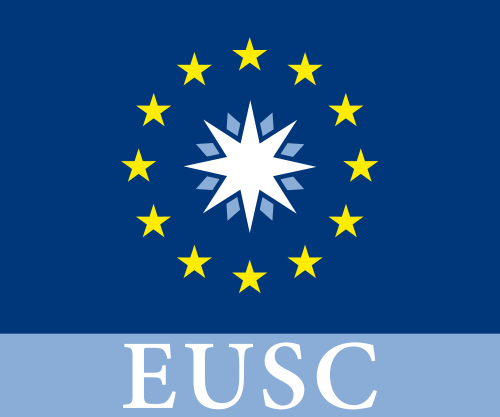


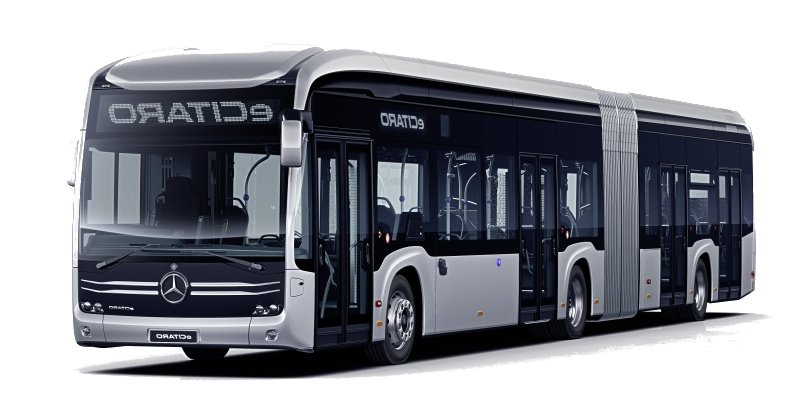
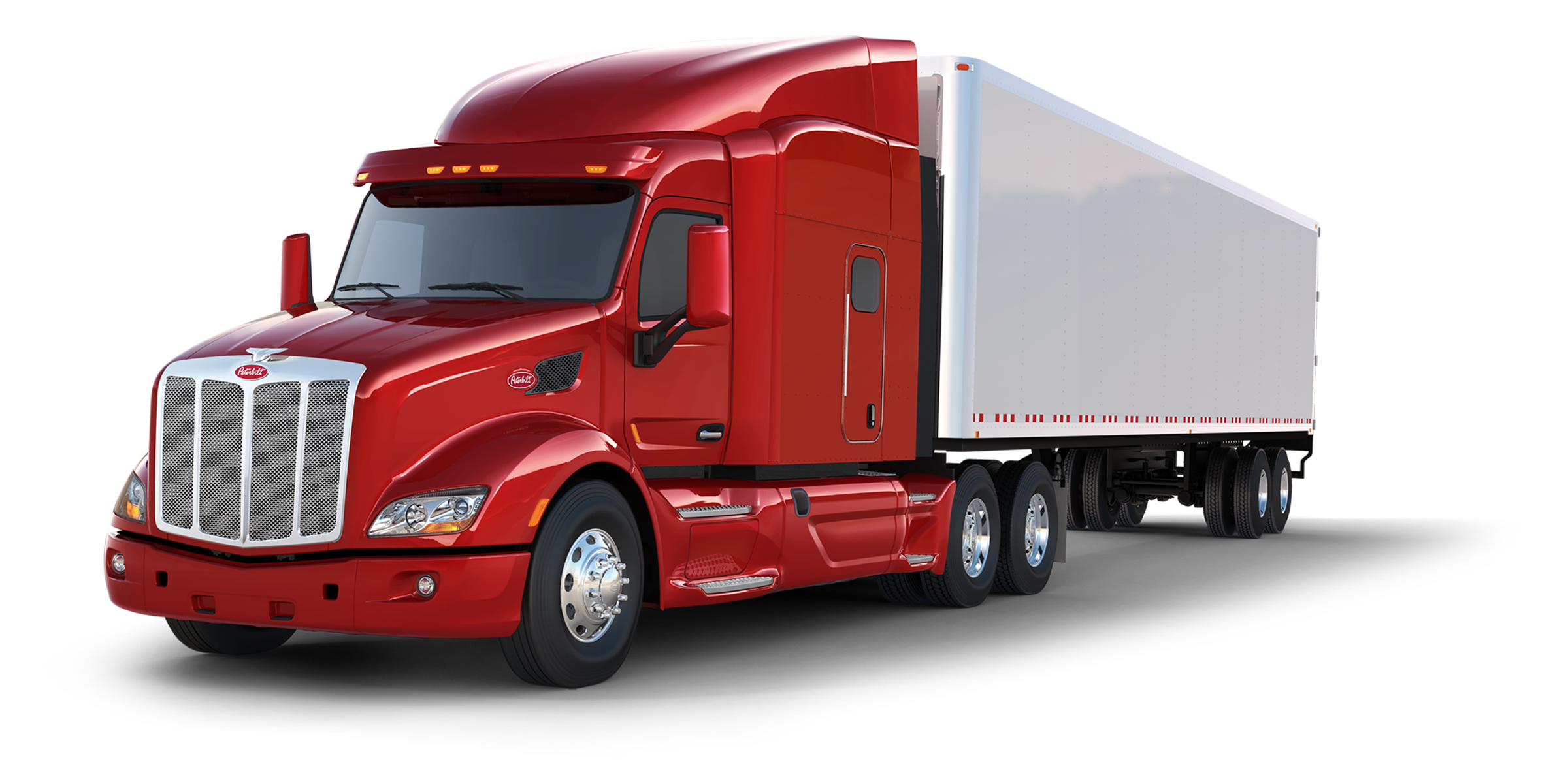 Automobile
Automobile
 ***Technology
***Technology

 Energy resource
Energy resource

 European Union
European Union

 Financial
Financial
 *Brazil economic data
*Brazil economic data

 Financial
Financial
 *China economic data
*China economic data

 Financial
Financial
 *Germany economic data
*Germany economic data

 Financial
Financial
 *European Union economic data
*European Union economic data

 Financial
Financial
 *France economic data
*France economic data

 Financial
Financial
 *India economic data
*India economic data

 Financial
Financial
 *Indonesia economic data
*Indonesia economic data

 Financial
Financial
 *Italy economic data
*Italy economic data

 Financial
Financial
 *Japan economic data
*Japan economic data

 Financial
Financial
 *Canada economic data
*Canada economic data

 Financial
Financial
 *Russia economic data
*Russia economic data

 Financial
Financial
 *United States economic data
*United States economic data

 Financial
Financial
 *United Kingdom economic data
*United Kingdom economic data

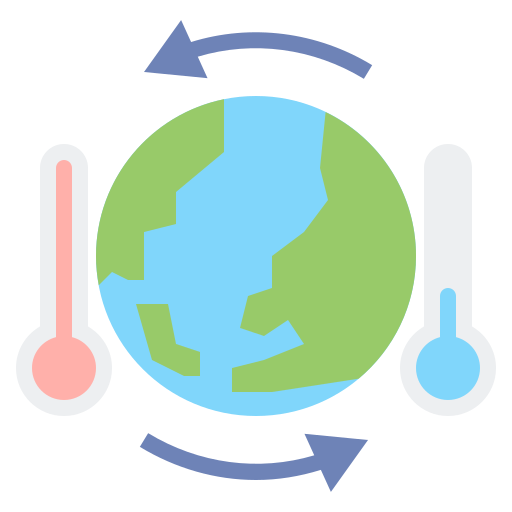 Climate
Climate

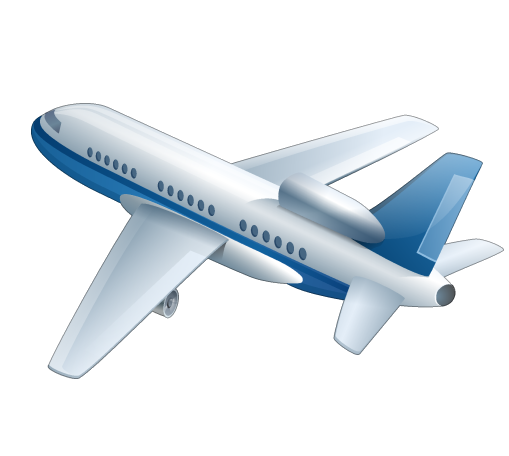
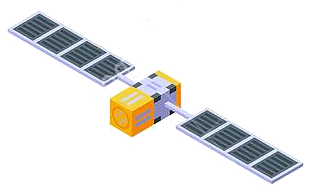
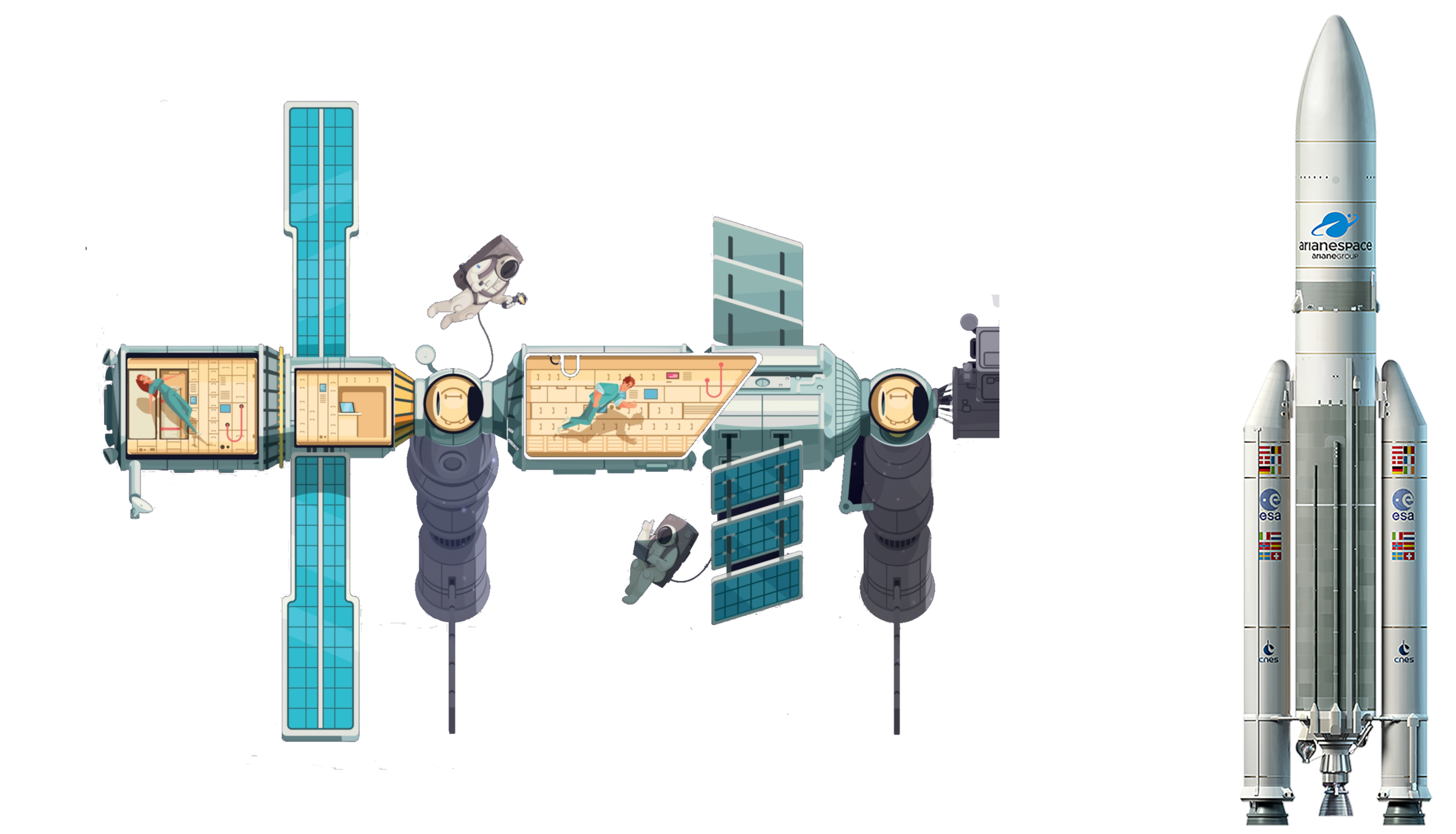 Aerospace
Aerospace

 Party and government
Party and government

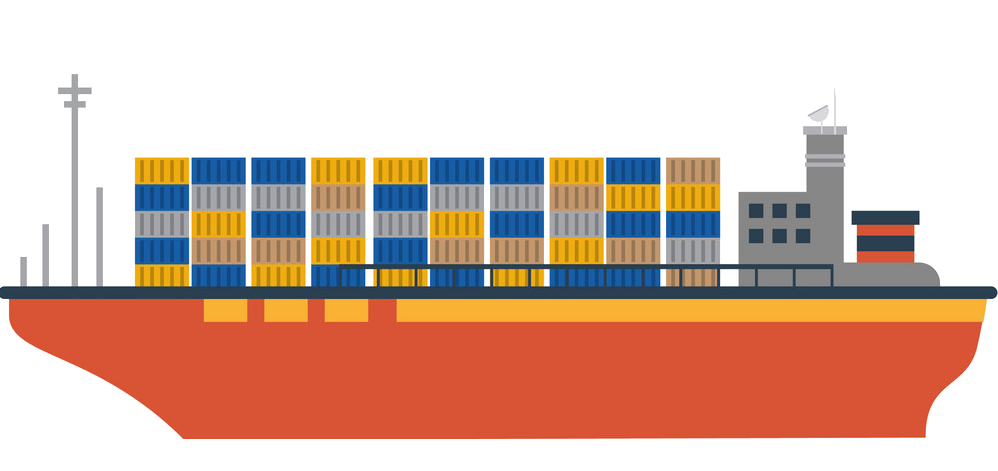 Ships and Nautics
Ships and Nautics
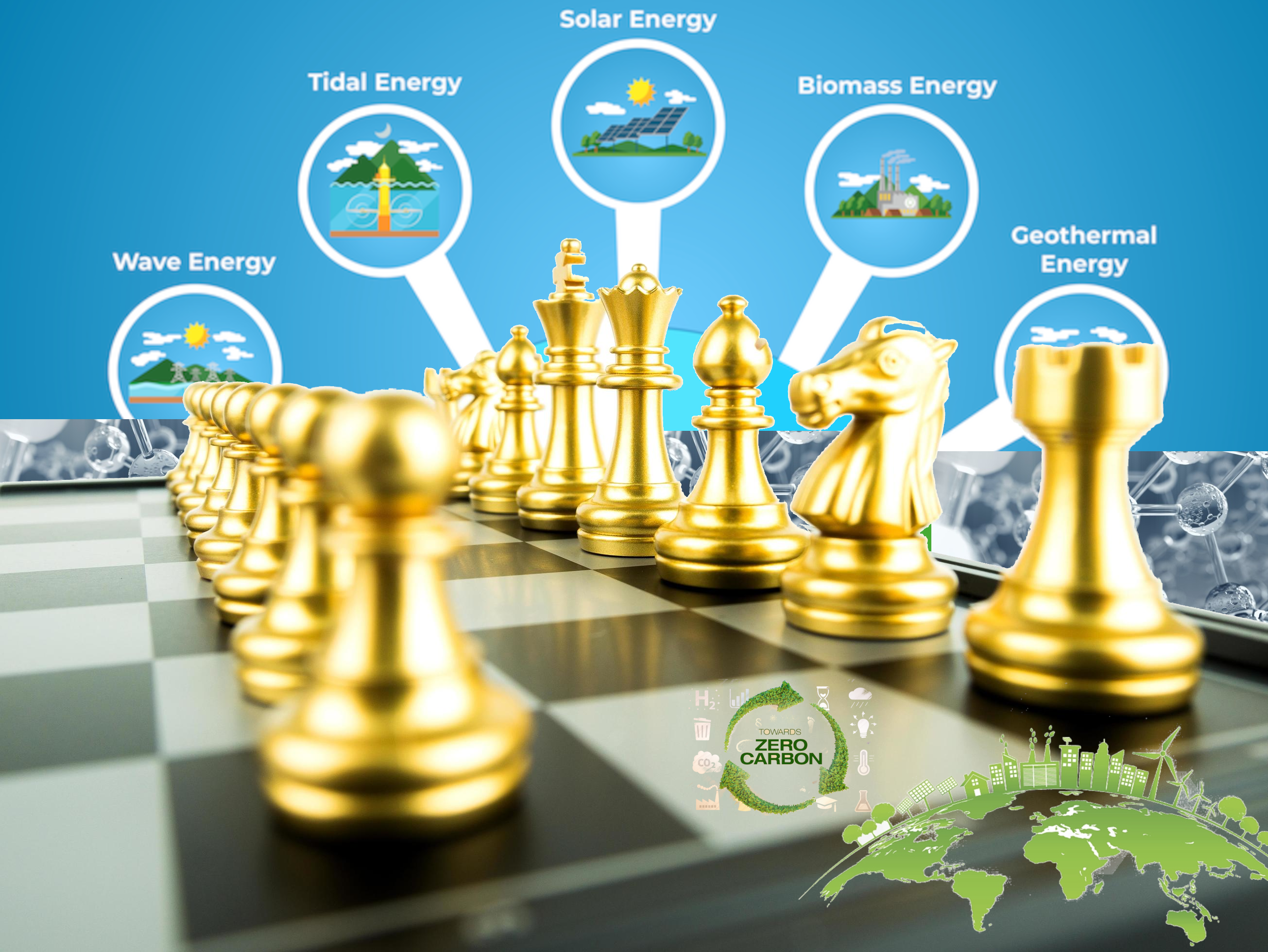
 Andorra
Andorra
 Belgium
Belgium
 Bulgaria
Bulgaria
 Denmark
Denmark
 Germany
Germany
 Estonia
Estonia
 Finland
Finland
 France
France
 Gibraltar
Gibraltar
 Greece
Greece

 Hand in Hand
Hand in Hand
 Ireland
Ireland
 Iceland
Iceland
 Italy
Italy
 Croatia
Croatia
 Latvia
Latvia
 Liechtenstein
Liechtenstein
 Lithuania
Lithuania
 Luxembourg
Luxembourg
 Malta
Malta
 Monaco
Monaco
 Netherlands
Netherlands
 Northern Ireland
Northern Ireland
 Norwegen
Norwegen
 Austria
Austria
 Poland
Poland
 Portugal
Portugal
 Romania
Romania
 San Marino
San Marino
 Sweden
Sweden
 Switzerland
Switzerland
 Slovakia
Slovakia
 Slovenia
Slovenia
 Spain
Spain
 Czech Republic
Czech Republic
 Hungary
Hungary

 Vacation and Travel
Vacation and Travel
 Vatican city
Vatican city
 United Kingdom
United Kingdom
 Cyprus
Cyprus

《申根协议》(德语:Schengener Abkommen;法语:Convention de Schengen;荷兰语:Verdrag van Schengen),是一项欧洲大陆国家间的条约协定,其签约目的是取消相互之间的边境检查点,并协调对申根区之外的边境控制。即在成员国相互之间取消边境管制,持有任一成员国有效身份证或申根签证的人可以在所有成员国境内自由流动。根据该协定,旅游者如果持有其中一国的旅游签证即可合法地到所有其他申根国家。
《申根协议》的成员国亦称“申根国家”或者“申根协议国”,成员国的整体又称“申根区”。申根区目前包含26个国家,其中有22个属于欧盟成员。四个非欧盟成员国中,冰岛和挪威以北欧护照联盟成员国的身份加入申根区,官方分类属于与欧盟申根区活动相关的国家。不属于欧洲大陆的爱尔兰没有加入。
Die Schengener Abkommen sind internationale Übereinkommen, insbesondere zur Abschaffung der stationären Grenzkontrollen an den Binnengrenzen der teilnehmenden Staaten. Dies sind im Kern die Mitglieder der Europäischen Union, jedoch ohne Irland, Rumänien, Bulgarien und Zypern. Durch Zusatzabkommen mit der Europäischen Union wurde der Anwendungsbereich auf Island, Liechtenstein, Norwegen und die Schweiz ausgedehnt. Der Gültigkeitsbereich des Abkommens wird gemeinhin als Schengen-Raum bezeichnet.
Das erste dieser Abkommen vom 14. Juni 1985 sollte vor allem die Schaffung eines europäischen Binnenmarktes vorantreiben und wurde nach dem Unterzeichnungsort benannt, der Gemeinde Schengen im Großherzogtum Luxemburg. Die mehrfach modifizierten Regelungen (Schengen I bis III) konstituieren den Schengen-Besitzstand, einen wesentlichen Pfeiler des „Raumes der Freiheit, der Sicherheit und des Rechts“[1] der Europäischen Union. Bedeutung und Verdienste des Schengener Abkommens werden im Europäischen Museum Schengen dokumentiert.
Das unkontrollierte Passieren der Binnengrenzen als Prinzip der Schengener Abkommen wurde im Zuge der Flüchtlingskrise in Europa ab 2015 zeitweise von mehreren europäischen Ländern außer Kraft gesetzt, nachdem einzelne Mitgliedstaaten die Sicherung der Außengrenzen der Europäischen Union gefährdet sahen.
Von März bis Juni 2020 waren wegen der COVID-19-Pandemie zahlreiche Grenzen zwischen Mitgliedstaaten geschlossen.[2][3] Im Februar 2021 kam es wegen der Pandemie erneut zu Grenzschließungen.




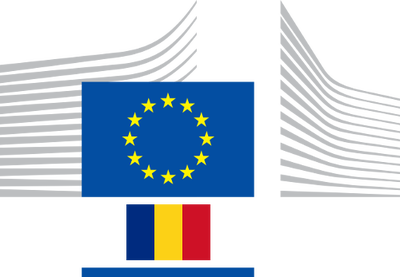





 Geography
Geography
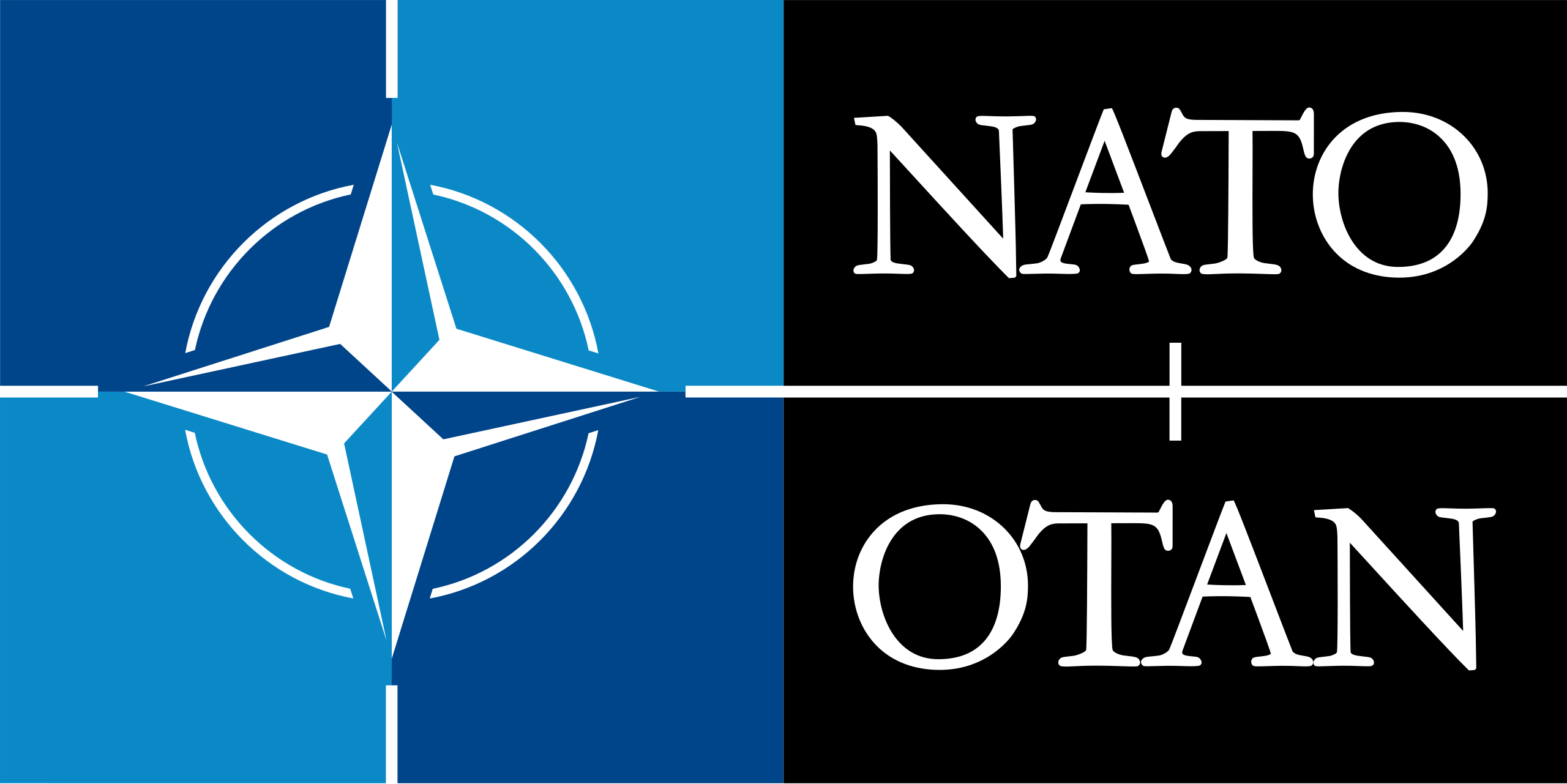 Mitglieder der NATO
Mitglieder der NATO
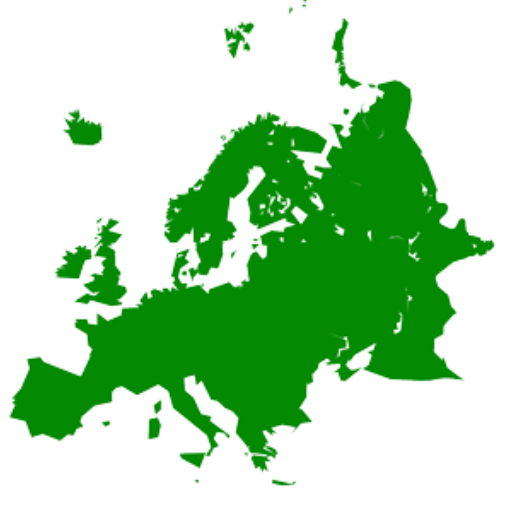 States of Europe
States of Europe
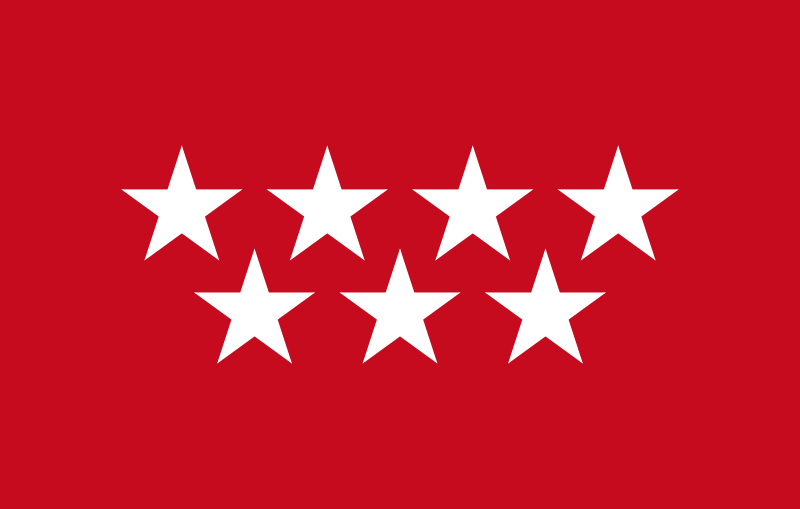 Madrid
Madrid
 History
History



 Military, defense and equipment
Military, defense and equipment